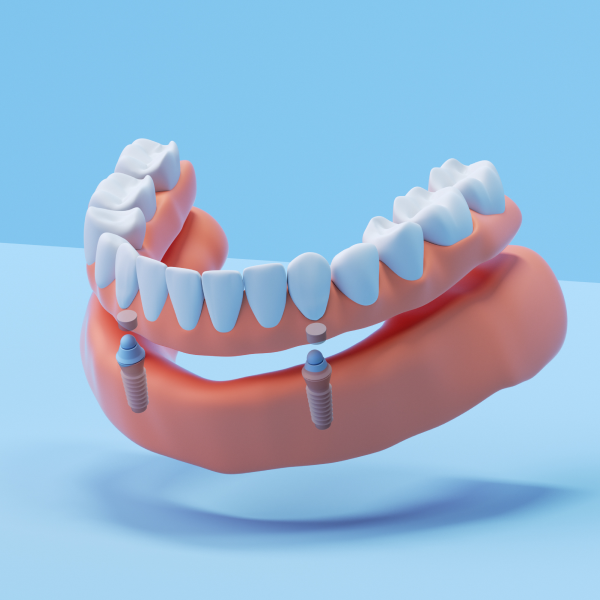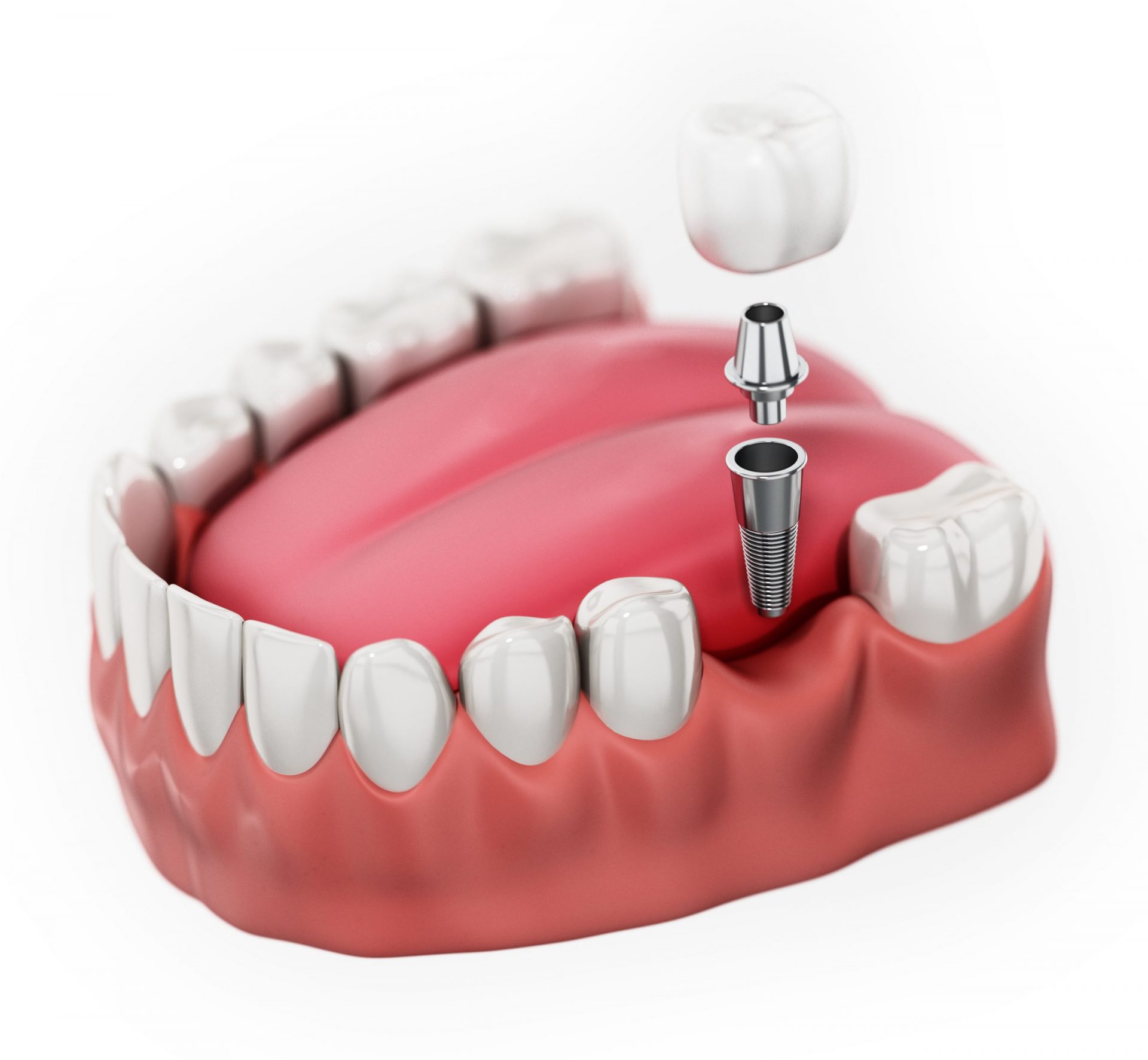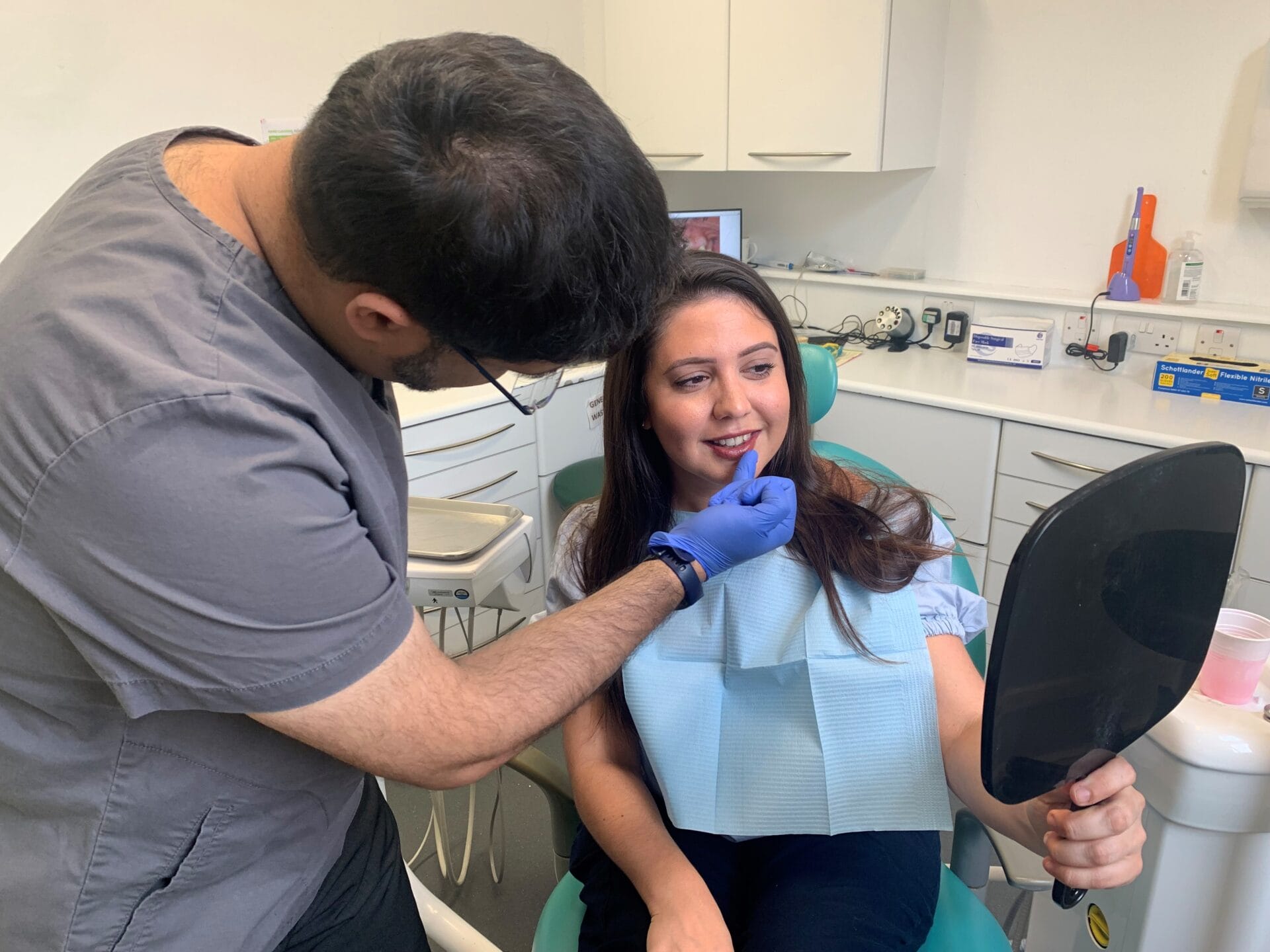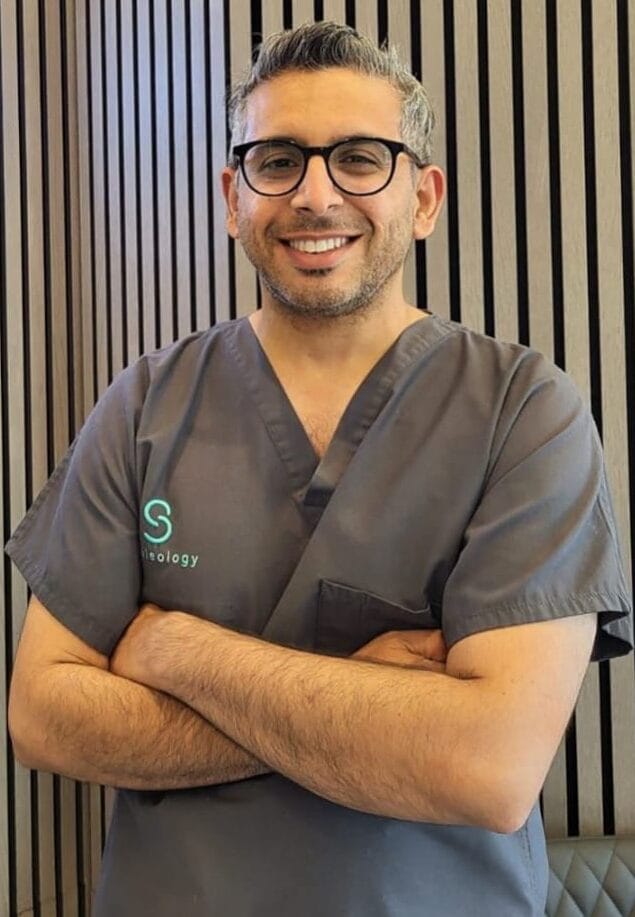Attain a Lasting Smile: Dental Implants Kent Solutions
Attain a Lasting Smile: Dental Implants Kent Solutions
Blog Article
Experience the current Advancements in Oral Implants Technology
As the area of dentistry proceeds to develop, the advancements in oral implant innovation have actually been nothing brief of exceptional. The integration of modern technology is reinventing the functionality of oral implants, promising enhanced outcomes and individual satisfaction.
Advanced Products for Enhanced Longevity
In the world of dental implants innovation, the integration of sophisticated products has substantially added to improving durability and durability of these critical dental prosthetics. The use of products such as titanium alloys, zirconia, and ceramic compounds has changed the field by providing raised strength, biocompatibility, and resistance to rust.
Titanium alloys are extensively used in dental implants because of their phenomenal strength-to-weight ratio, rust resistance, and compatibility with the human body. These alloys make sure the security and long life of the implant by enduring the forces put in throughout eating and speaking, offering a trusted solution for patients seeking resilient tooth substitutes.
Zirconia, a kind of ceramic product, has actually obtained appeal for its biocompatibility and all-natural tooth-like appearance. Its high strength and resistance to put on make it an appropriate option for dental crowns and bridges, boosting the total visual appeals and functionality of the dental implant.

Digital Imaging for Precise Placement
The advancement of dental implants technology has further progressed with the assimilation of electronic imaging methods, guaranteeing accurate placement of these prosthetics for optimum useful and aesthetic end results. Digital imaging plays a critical duty in the preparation and placement of oral implants by giving in-depth 3D pictures of the patient's jawbone framework. This innovation allows dentists to analyze bone thickness, locate essential structures, and plan the specific position and angle for dental implant placement with unrivaled precision.
By using electronic imaging, dental experts can create digital surgical overviews that work as a roadmap throughout the implant positioning procedure. These overviews are customized for each and every client, taking into consideration their distinct makeup and the preferred end result. This level of accuracy not only improves the success price of oral implant procedures however also minimizes the risk of difficulties.
Additionally, electronic imaging allows dental practitioners to imagine the last prosthetic remediation before the real placement of implants, enabling precise preparation and making sure that the outcome satisfies the person's aesthetic assumptions. In general, the assimilation of electronic imaging modern technology has actually transformed the area of oral implants, offering patients a more predictable, effective, and patient-specific therapy approach.

Minimally Intrusive Surgical Strategies


Innovations in medical methods have led to the development of minimally intrusive methods in the field of dental implantology. These strategies intend to decrease trauma to the person, reduce recovery times, and improve total treatment outcomes. Minimally intrusive procedures entail smaller sized incisions, specialized tools, and progressed imaging technologies to precisely put dental implants with marginal interruption to surrounding cells.
One secret aspect of minimally intrusive techniques is using assisted surgical treatment, where 3D imaging and computer-aided design software program are employed to intend the implant positioning with excellent accuracy. This enables a much more foreseeable result and can often remove the need for considerable flap surgical treatment.
In addition, improvements in products and implant layout have likewise added to the success of minimally invasive strategies. Implants with improved surface area residential or commercial properties advertise much faster osseointegration, decreasing the recovery time required before the prosthetic reconstruction can be placed.
3D Printing for Personalized Solutions
Making use of 3D printing technology in oral implantology permits the creation of extremely tailored solutions tailored to private person needs and anatomical variants. This advanced innovation makes it possible for dental specialists to design and produce oral go to this site implants with exceptional accuracy and accuracy. By using electronic imaging methods, such as cone beam calculated tomography (CBCT), thorough 3D models of the person's mouth can be produced to assist the dental implant intending process.
Among the vital benefits of 3D printing in oral implantology is the capacity to develop patient-specific implants that perfectly fit the unique anatomy of each individual. This customized technique assists enhance the general success and durability of the dental implant by making sure ideal fit and positioning. Furthermore, 3D printing permits the production of complicated geometries and elaborate structures that would be challenging or impossible to attain utilizing standard manufacturing methods.
Furthermore, 3D printing technology makes it possible for dental professionals to improve the implantation process, Read Full Article lowering surgical procedure time and improving general patient experience. With its capacity to develop personalized services quickly and successfully, 3D printing is reinventing the field of oral implantology, offering people ingenious treatment alternatives and enhanced outcomes.
Integrated Modern Technology for Improved Performance
Executing cutting-edge modern technology in dental implantology enhances capability and accuracy, elevating the standard of look after individuals undergoing dental implant procedures. Integrated modern technology plays a crucial function in improving the total success and toughness of dental implants. One vital development is the assimilation of digital scanning and imaging technologies, such as cone-beam calculated tomography (CBCT) and intraoral scanners. These tools enable comprehensive 3D imaging of the patient's dental structures, promoting accurate therapy planning and implant positioning.
Additionally, the combination of computer-aided layout and computer-aided production (CAD/CAM) technology allows the development of personalized implant remediations with outstanding precision. CAD/CAM systems utilize digital impressions to create prosthetics that completely fit the person's unique anatomy, ensuring optimal comfort and performance. Furthermore, making use of robotic-assisted surgical procedure in dental implant positioning boosts accuracy and decreases the threat of human error.
Conclusion
In conclusion, the current developments in dental implants technology offer enhanced durability through advanced products, specific positioning with electronic imaging, minimally invasive surgical techniques, customized solutions with 3D printing, and boosted capability with incorporated innovation - Dental implants Kent. These improvements in dental implants technology are revolutionizing the field and providing patients with more reliable and reliable treatment choices for restoring their smiles and dental wellness
The assimilation of technology is changing the performance of oral implants, guaranteeing boosted results and person fulfillment.
The evolution of dental implants modern technology has even more advanced with the combination of electronic imaging strategies, making sure my explanation exact placement of these prosthetics for optimum functional and visual outcomes. Minimally intrusive surgical treatments entail smaller sized incisions, specialized instruments, and progressed imaging technologies to exactly position dental implants with very little disturbance to surrounding tissues.
Carrying out cutting-edge innovation in oral implantology boosts functionality and precision, raising the criterion of care for clients going through dental implant treatments. Dental implants Kent. Integrated modern technology plays an important duty in boosting the overall success and sturdiness of oral implants
Report this page